This website uses cookies to ensure you get the best experience on our website.
- Table of Contents
Facts about DnaJ homolog subfamily B member 6.

Suppresses aggregation and toxicity of polyglutamine-containing, aggregation-prone proteins. Isoform B but not isoform A inhibits huntingtin aggregation.
| Human | |
|---|---|
| Gene Name: | DNAJB6 |
| Uniprot: | O75190 |
| Entrez: | 10049 |

| Belongs to: |
|---|
| No superfamily |

DJ4; DKFZp566D0824; DnaJ (Hsp40) homolog, subfamily B, member 6; dnaJ homolog subfamily B member 6; DnaJ; DnaJ-like 2 protein; FLJ42837; Heat shock protein J2; HHDJ1; HSJ2; HSJ-2; MGC1152; MRJMGC117297; MSJ1; MSJ-1
Mass (kDA):
36.087 kDA

| Human | |
|---|---|
| Location: | 7q36.3 |
| Sequence: | 7; NC_000007.14 (157337004..157417439) |
Widely expressed. Highest levels in testis and brain, and lower levels in heart, spleen, intestine, ovary, placenta, lung, kidney, pancreas, thymus, prostate, skeletal muscle, liver and leukocytes. In testis, expressed in germ cells in the earlier stages of differentiation pathway as well as in spermatids. In brain, expressed at a higher level in hippocampus and thalamus and a lower level in amygdala, substantia nigra, corpus callosum and caudate nucleus.
Cytoplasm, perinuclear region. Nucleus. Cytoplasm, myofibril, sarcomere, Z line.





PMID: 9915854 by Pei L.; Pituitary tumor-transforming gene protein associates with ribosomal protein S10 and a novel human homologue of DnaJ in testicular cells.
PMID: 11896048 by Chuang J.-Z., et al. Characterization of a brain-enriched chaperone, MRJ, that inhibits Huntingtin aggregation and toxicity independently.